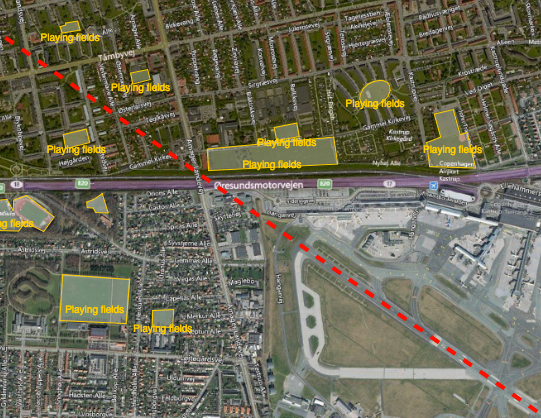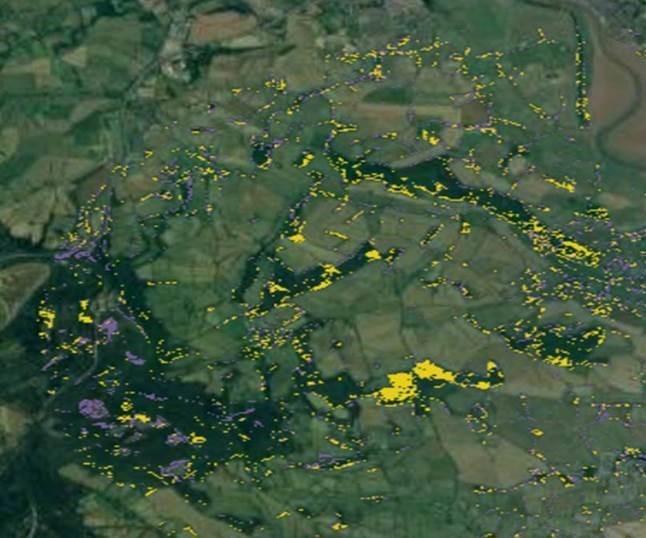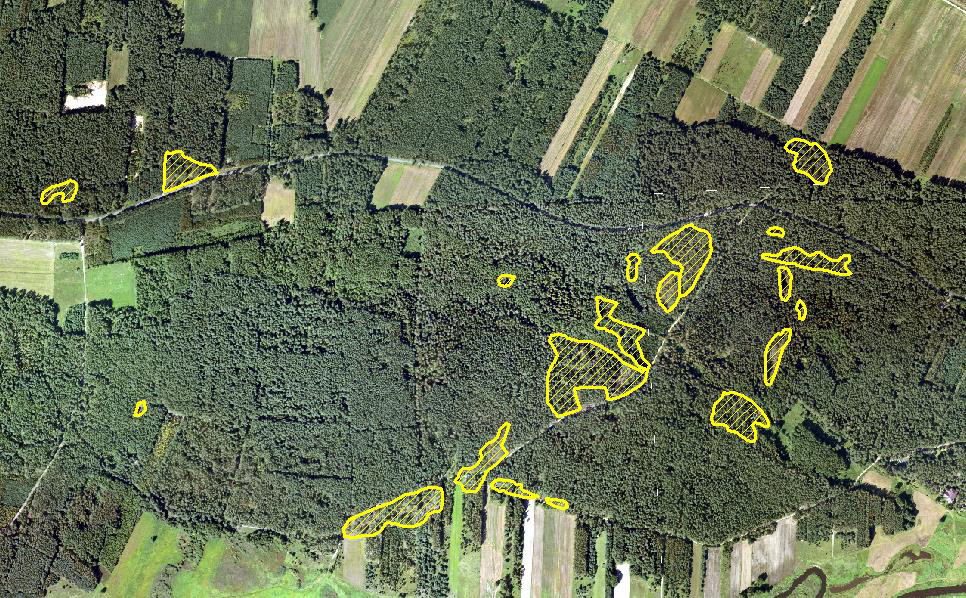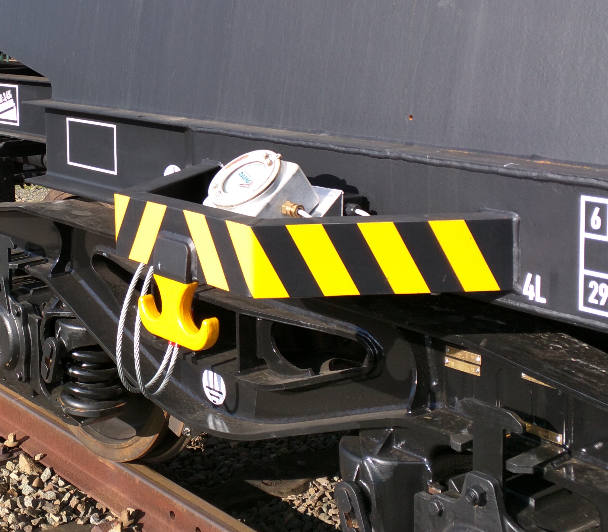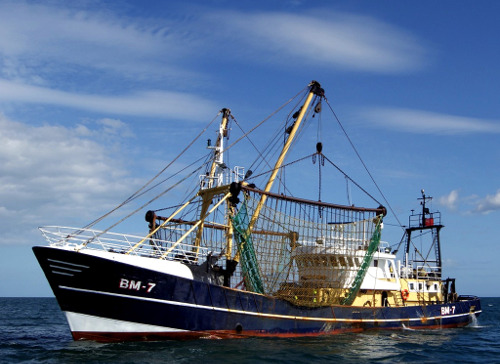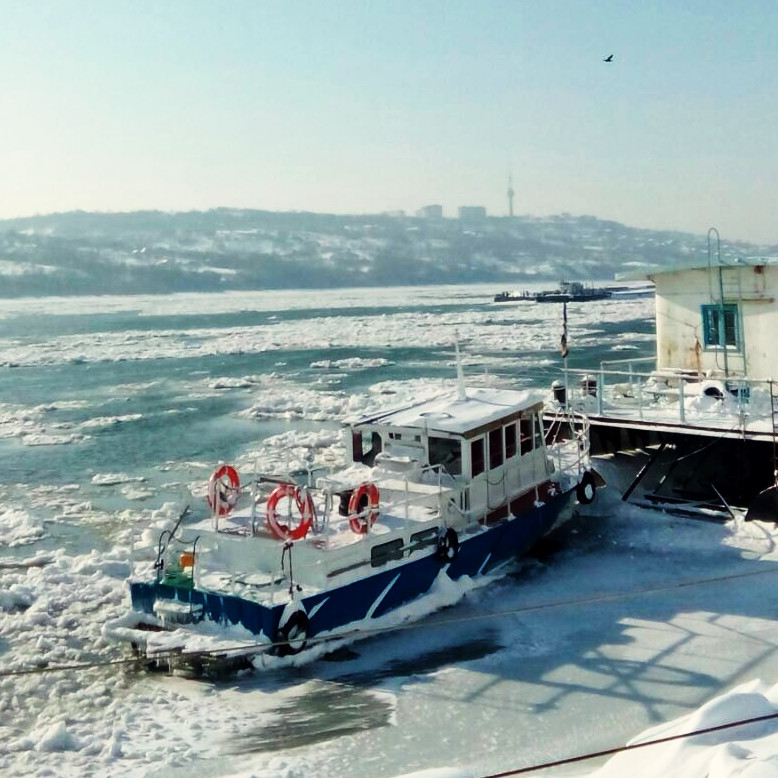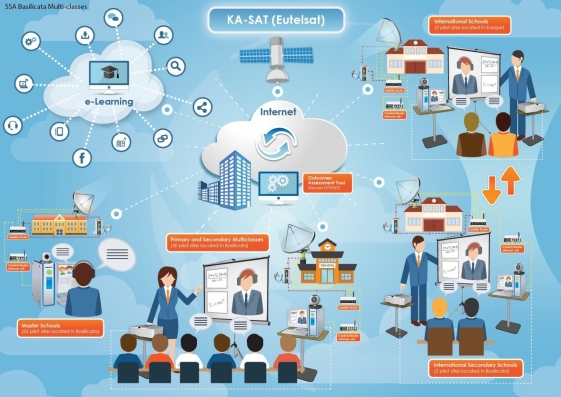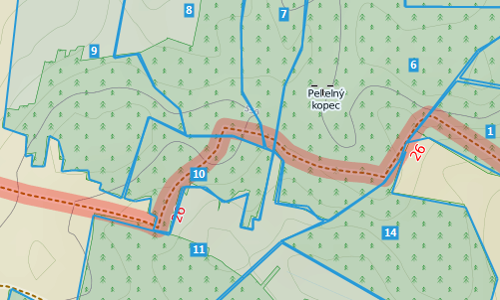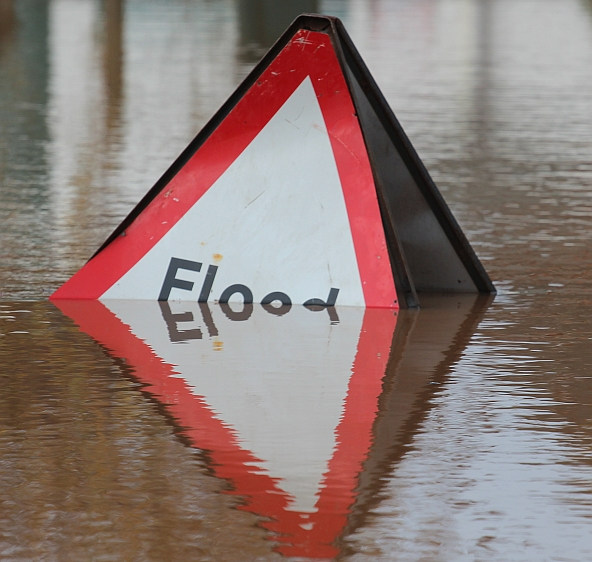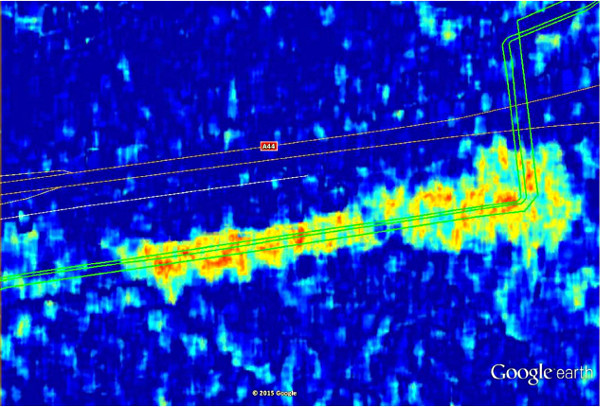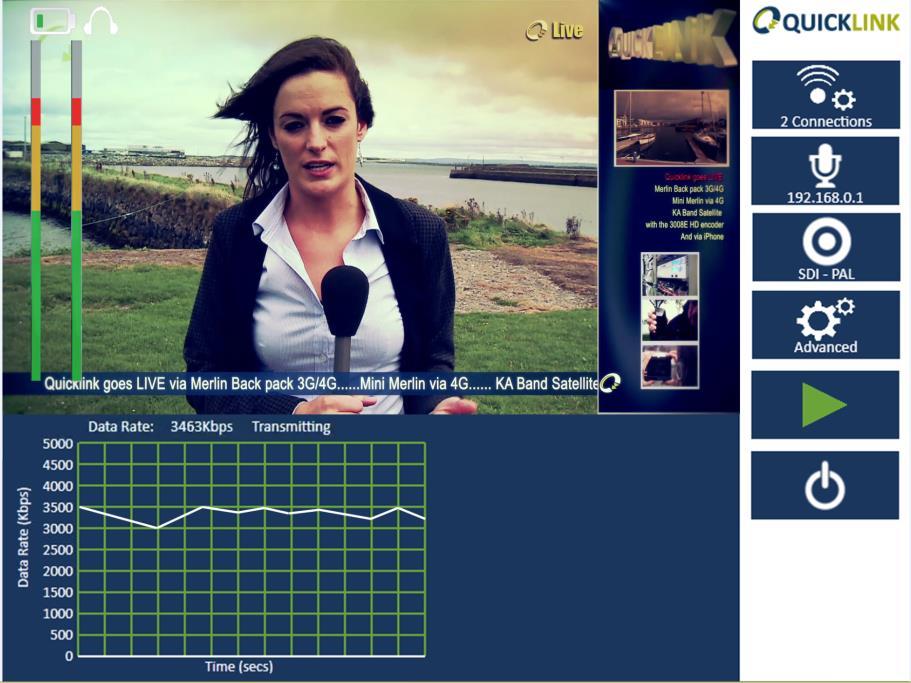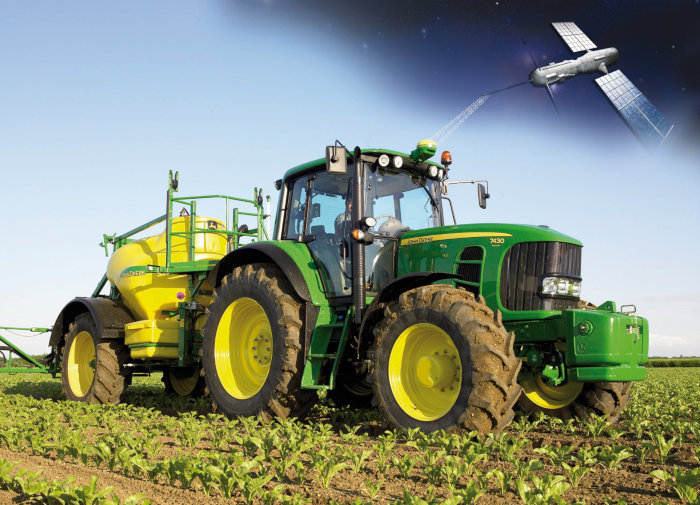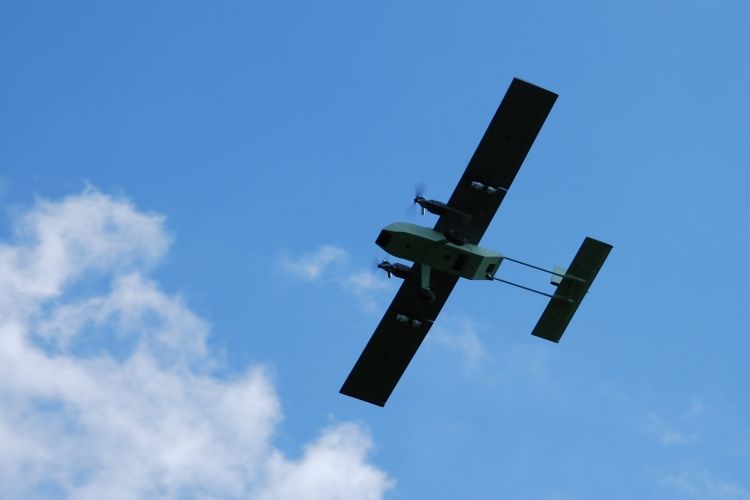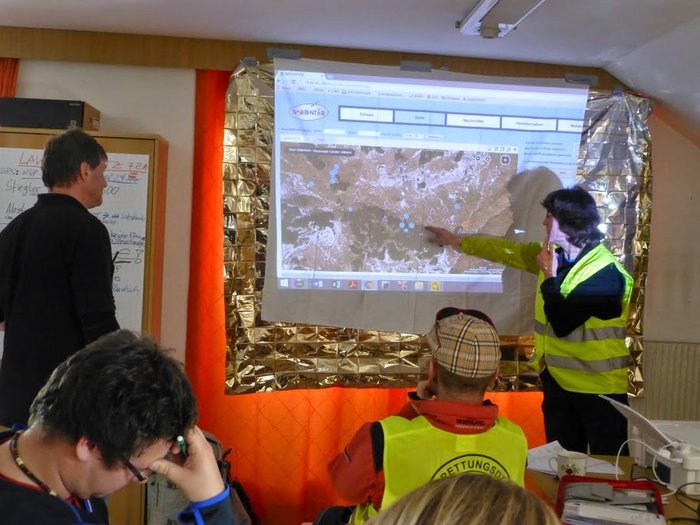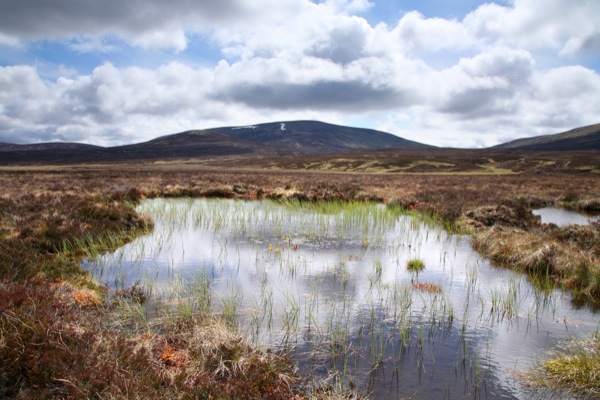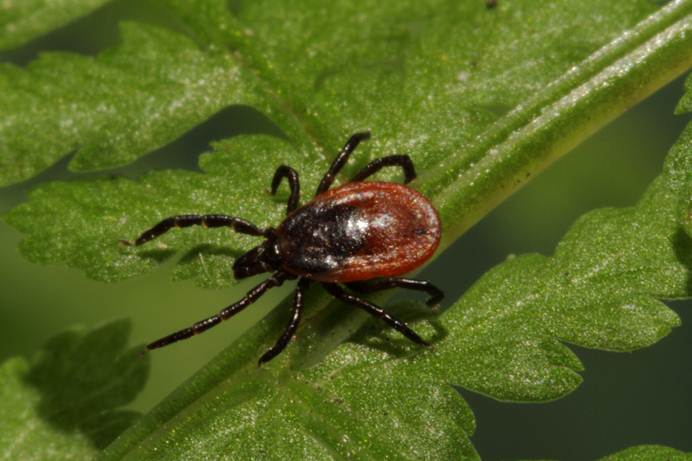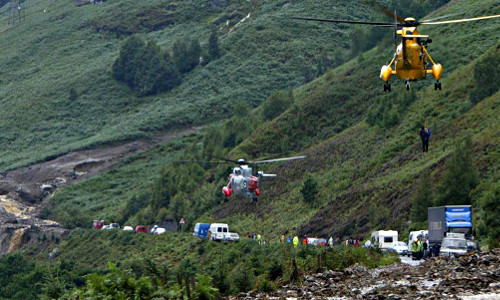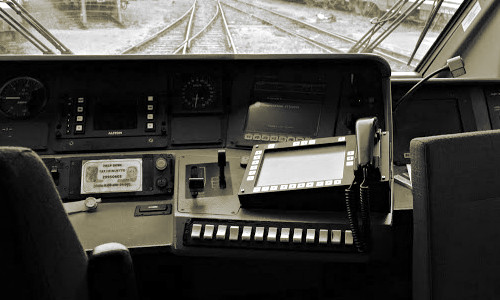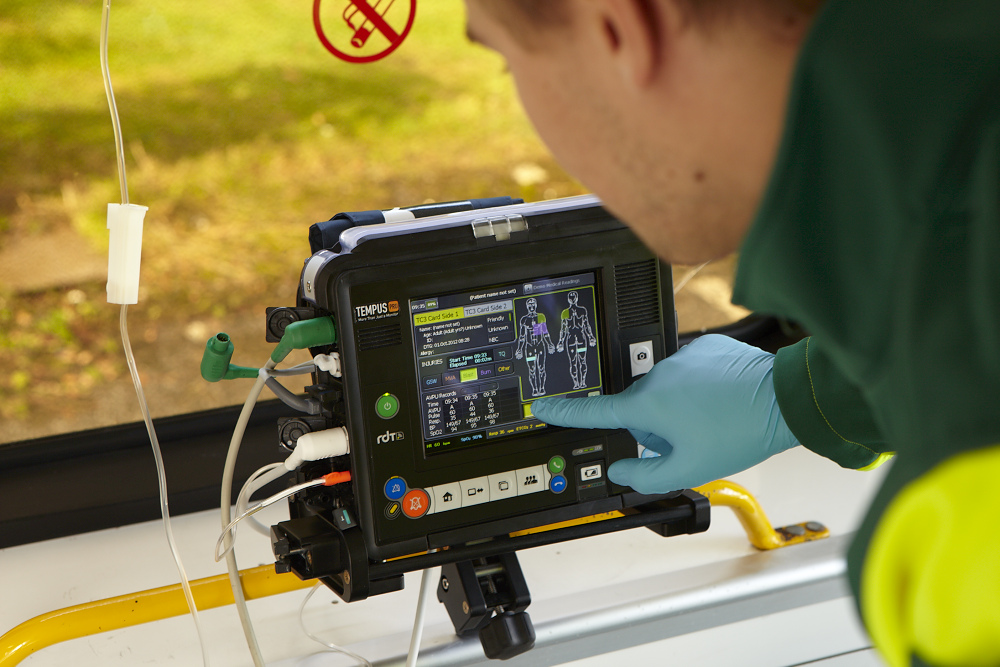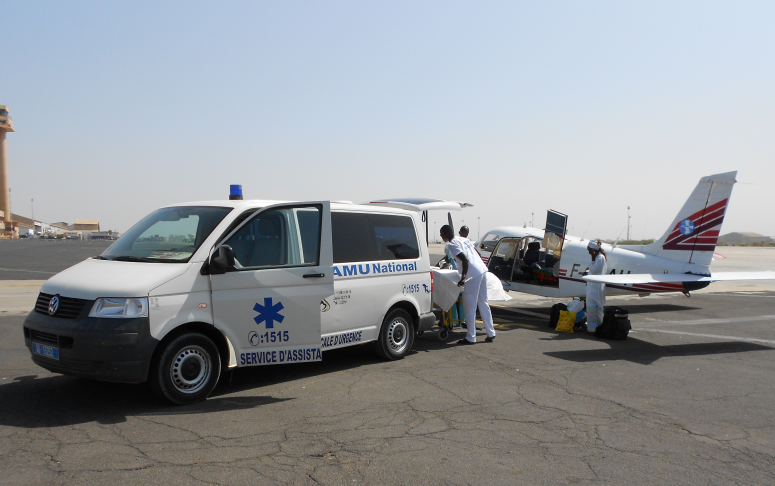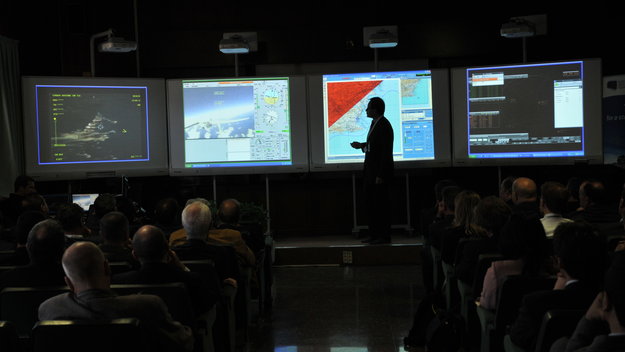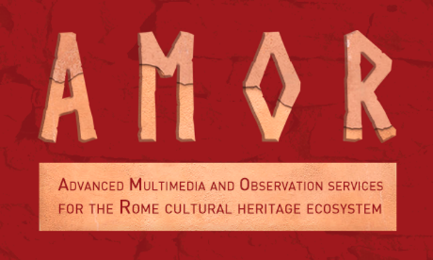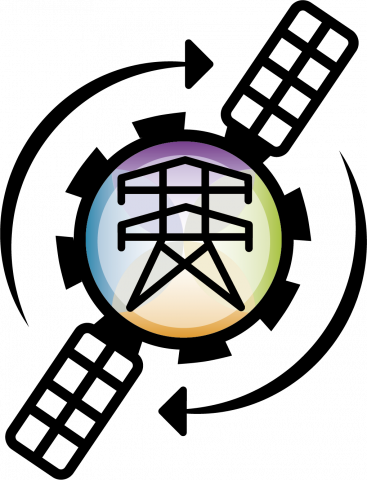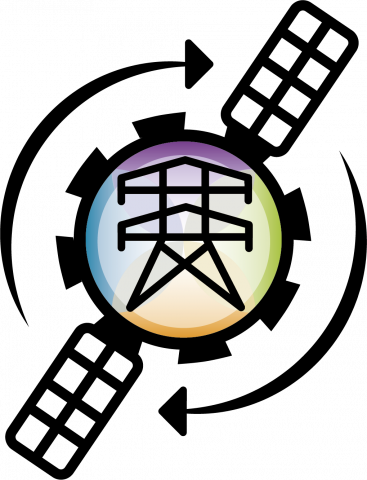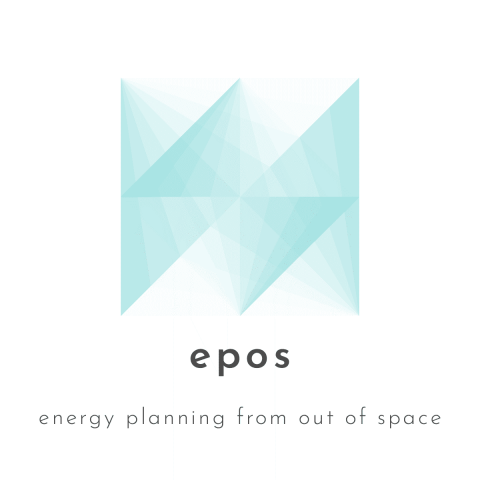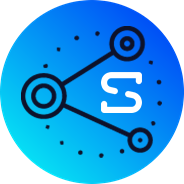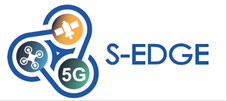Reducing the risk of bird strikes using satellite images and Ascend’s Normalised Difference Water index software (NDWI)
BROWSE PROJECTS
Based on user needs and industry skills, the evolution of customized solutions and the establishment of innovative services is accomplished through project activities. Focusing on various thematic areas, relevant information on the project activities is provided below.
ForestMind
Status date: 19 January 2023
Enacted at the request of members of the UK food supply chain, ForestMind is a two year project with 10 partners who are focused on enabling commodity sourcing organisations to understand and act on deforestation risks in supply chains globally.
AMOR
Status date: 28 November 2022
AMOR provides Public Institutions and Visitors with specific services for Cultural Heritage Safeguard and Fruition.
The Safeguard services (derived by satellite EO, UAV systems and GPR technologies)provide information and actionable data about the conservation status of historical monuments. The Fruition services (supported by 5G connectivity) offer to the CH Visitors an Augmented/Mixed Reality experiences via the dedicated mobile-App which is directly accessible through their mobile devices.
SatNetMonitor
Status date: 02 January 2023
SatNetMonitor is a vegetation management and infrastructure risk detection service for electricity network companies. Disaster management service module is offered to Distribution Service Operators (DSO).
SatNetMonitor
Status date: 13 July 2020
Electricity is the lifeblood of modern society and security of electricity supply is extremely important. Energy transmission and distribution networks are vulnerable. Information collected by satellites can be used to make the maintenance of the networks more efficient, to reduce risks due to the changing environment, and to mitigate the risk of interruptions.
EPOS
Status date: 22 December 2022
Europe requires clean, independent energy sources now more than ever. EPOS is a software-as-a-service solution that provides energy planning in buildings and cities. It combines state-of-the-art energy modelling with Earth Observation data, enabling engineers and decision makers to ideate, analyse the current situation, and create diverse supply concepts. All necessary data is provided in one place, and AI decision support algorithms are included to make the energy transformation process more efficient.
WS
Status date: 22 December 2022
WaterSentinel aims at providing satellite-powered water quality monitoring tools relevant for Environmental, Social and Governance (ESG) assessments as well as broader environmental monitoring applications.
Its falls within a broader goal of promoting the use of space data for sustainable finance decisions.
SenTAct
Status date: 22 December 2022
SenTAct from Epic Blue gives you all the tools you need to keep your people safe and your operations efficient. SenTAct is a field team tactical awareness which ensures that teams in the field have the information they need for the local context. The embedded Artificial Intelligence engine locates your staff and assets, alerts on hazardous events, and generates mission intelligence.
UV-SAN
Status date: 22 December 2021
UV-San is a smart sanitization system which uses ultraviolet radiations to inactivate viruses and bacteria within ambulances. Relying on a patented control system, UV-SAN ensures high level of safety. UV-San can be used many times a day when the patient’s compartment is empty keeping geo-traceability of procedures carried out and reducing the time needed for the sterilization.
S-EDGE
Status date: 21 December 2022
S-EDGE is a demonstration project aims to contribute with innovative services to manage public security (Law Enforcement) through a solution, based on the use of Drones, which integrates new 5G broadband connectivity together with satellite technologies.
The service is conceived to support law enforcement operations for preventing and detecting crime and/or dangerous situations for the citizens, thanks to the provision of a Drone-based surveillance solution.


